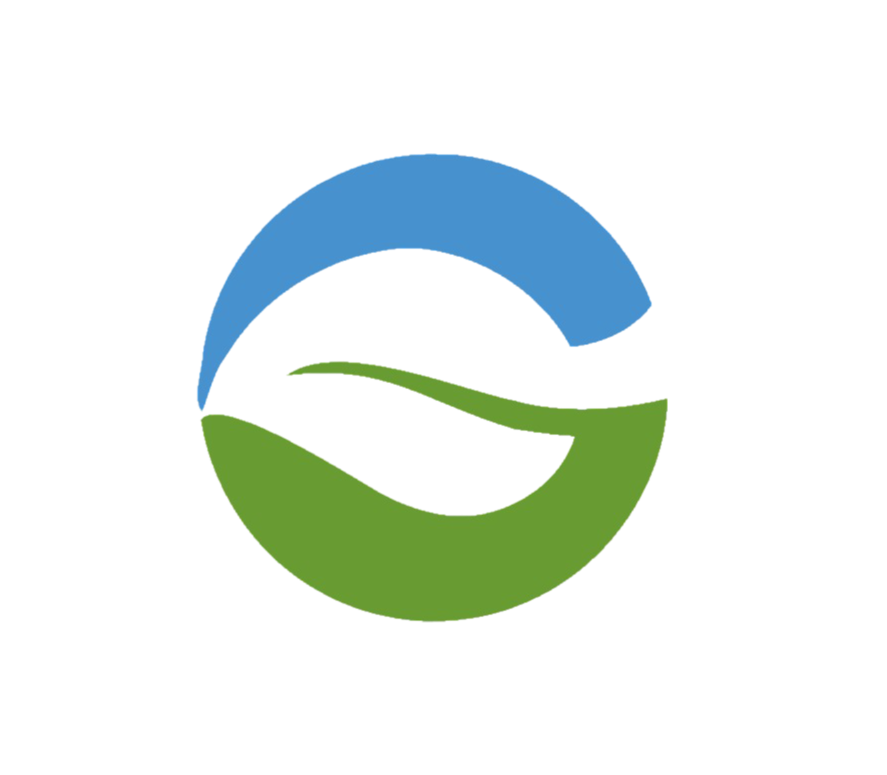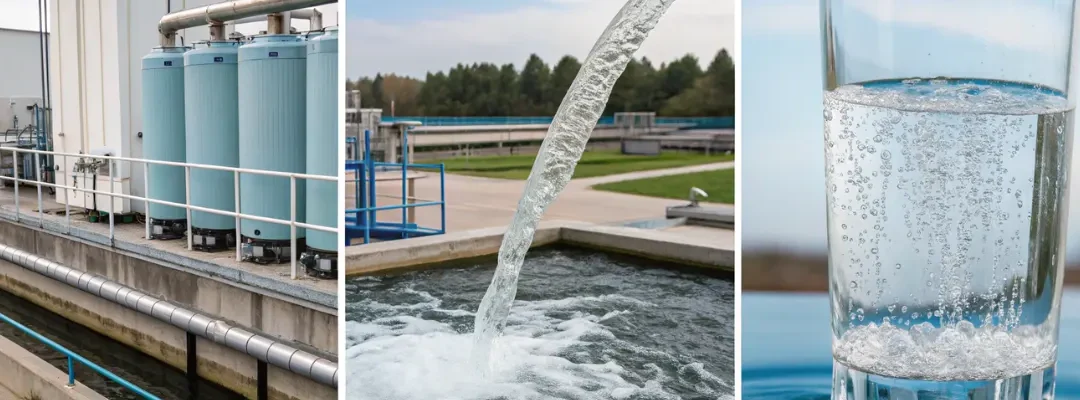Introduction: Why Water Quality Matters
Clean water is vital to health, industry, and sustainability. With increasing pollution, population growth, and industrial demand, ensuring safe water has become one of modern society’s greatest challenges. That’s where membrane filtration—a high-efficiency, sustainable purification technology—comes in.
At Greenly Waters, we use advanced membrane filtration systems that help homes, industries, and communities enjoy cleaner, safer water every day.
Understanding Membrane Filtration
Membrane filtration is a physical separation process that uses a semi-permeable barrier—called a membrane—to separate impurities from water.
Simply put, water passes through microscopic pores in the membrane; contaminants too large to pass are trapped and removed.
This process is central to many modern water treatment systems, from household filters to municipal and industrial plants.
The Membrane Filtration Process Explained
Here’s a step-by-step look at how membrane filtration works:
- Feed Water Input:
Untreated water enters the system. This may contain suspended solids, salts, microorganisms, or organic matter. - Pressure Application:
Pressure is applied to push water through the membrane. The amount of pressure depends on the membrane type and desired filtration level. - Separation Layer:
The membrane acts as a barrier—allowing pure water (called permeate) to pass through while retaining larger contaminants (retentate). - Permeate & Retentate Output:
- Permeate: Clean, filtered water ready for use.
- Retentate: Concentrated waste stream that contains the removed contaminants.
Types of Membrane Filtration
- Microfiltration (MF)
- Removes suspended solids and large bacteria.
- Typical pore size: 0.1–10 µm.
- Often used as a pre-filtration step before finer processes.
- Ultrafiltration (UF)
- Targets viruses, proteins, and fine particles.
- Typical pore size: 0.01–0.1 µm.
- Common in domestic water purifiers and industrial wastewater systems.
- Nanofiltration (NF)
- Filters out divalent ions like calcium and magnesium.
- Ideal for partial softening and light desalination applications.
- Reverse Osmosis (RO)
- The most comprehensive filtration method.
- Removes dissolved salts, minerals, and heavy metals.
- Found in RO membrane filters for homes and industries worldwide.
- Forward Osmosis & Electrodialysis(Emerging Technologies)
- Next-gen sustainable methods for wastewater reuse and low-energy desalination.
- Currently gaining traction for green water recycling solutions.
Applications of Membrane Filtration
| Sector | Use Case |
|---|---|
| Residential | Water purifiers, shower filters, and water softeners. |
| Industrial | Food & beverage production, pharmaceuticals, and power generation cooling systems. |
| Municipal | Drinking water treatment plants, wastewater recycling, and seawater desalination. |
Greenly Waters specializes in eco-friendly domestic and community filtration systems, making advanced membrane technology accessible for everyday use.
Advantages of Membrane Filtration
High Purification Efficiency – Removes microscopic contaminants without chemicals.
Environmentally Friendly – Minimal chemical usage and waste.
Compact System Design – Easy to integrate with RO, UV, and other purification methods.
Scalable Solutions – From homes to heavy industries, membrane systems can be customized for any capacity.
Limitations and Maintenance Considerations
Even the most advanced systems need proper care to perform their best.
Common Issues:
- Membrane Fouling: Build-up of organic or inorganic materials on the membrane surface.
- Scaling: Mineral deposits that reduce flow and efficiency.
- Pressure Drops: Caused by clogging or aging membranes.
Maintenance Tips:
- Install a pre-filtration stage to capture larger particles.
- Perform periodic cleaning with appropriate chemical agents.
- Replace membranes according to manufacturer guidelines.
- Schedule Greenly’s maintenance checkups to extend system life.
At Greenly Waters, our easy-maintenance design ensures optimal performance with minimal effort.


Recent Comments